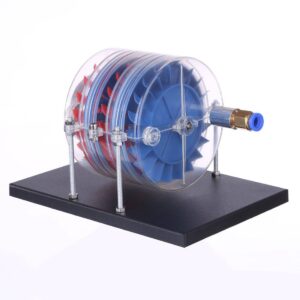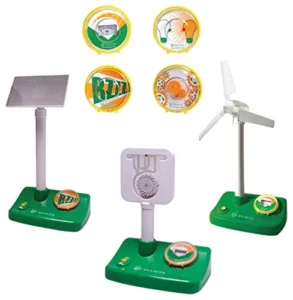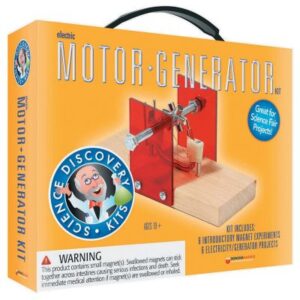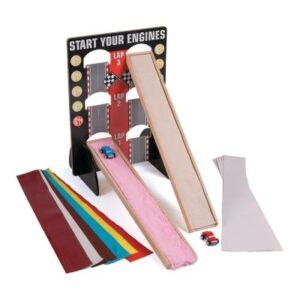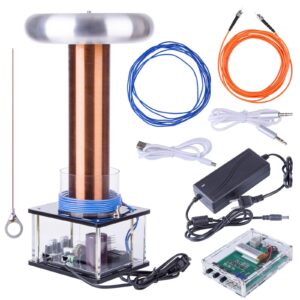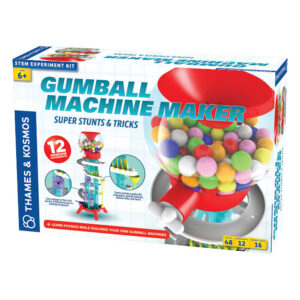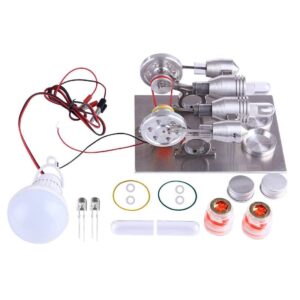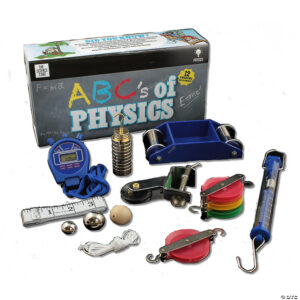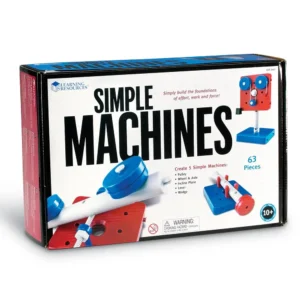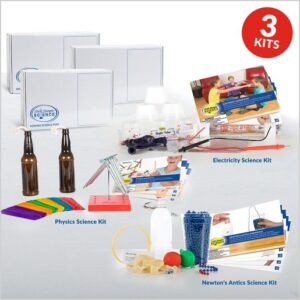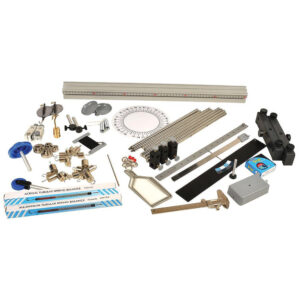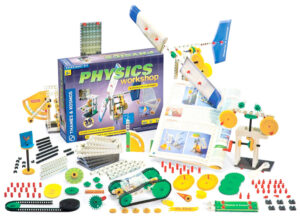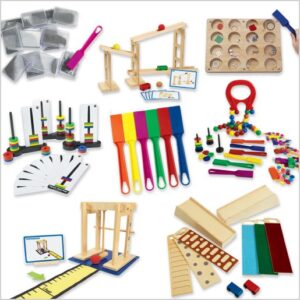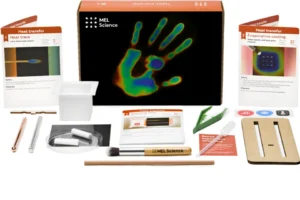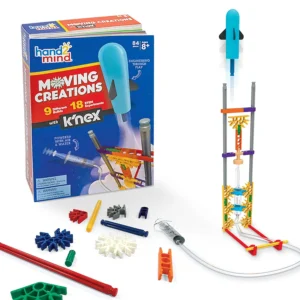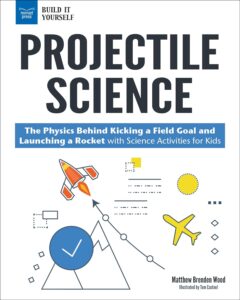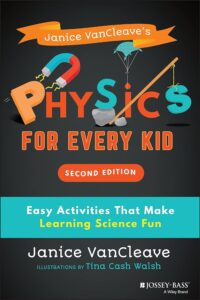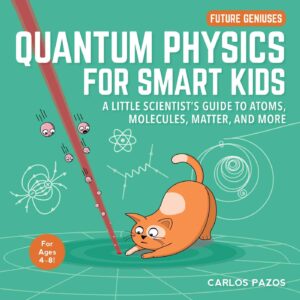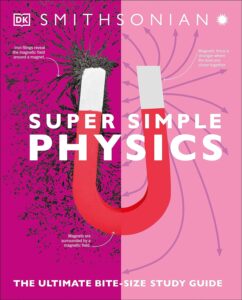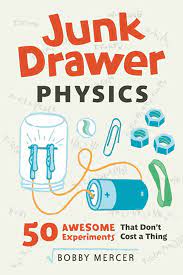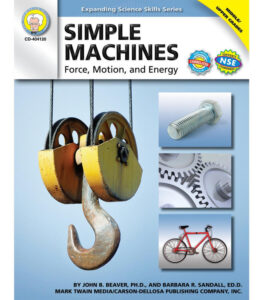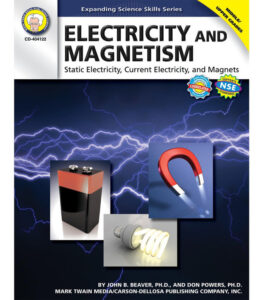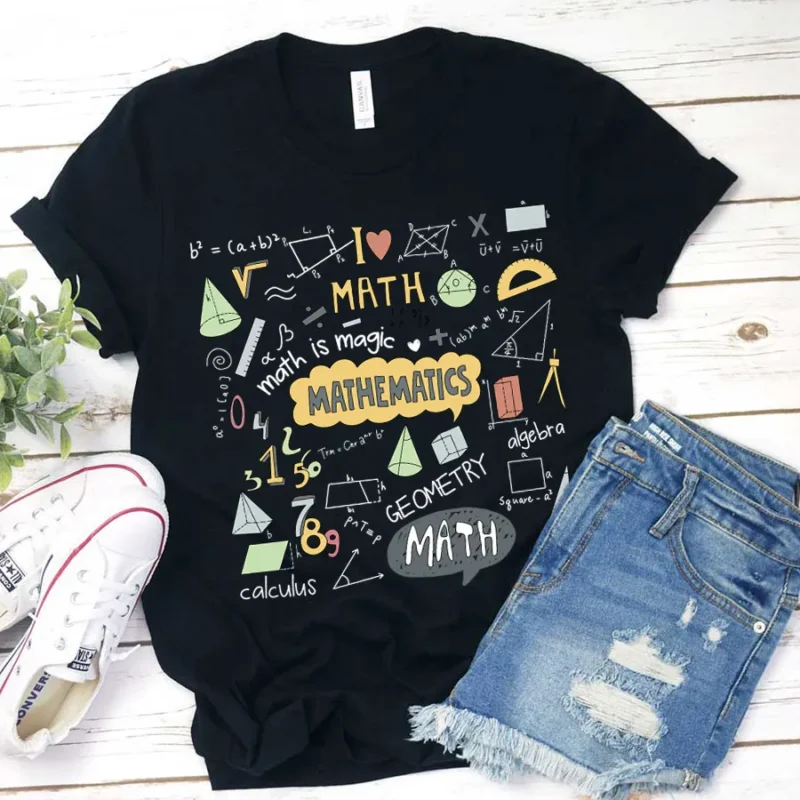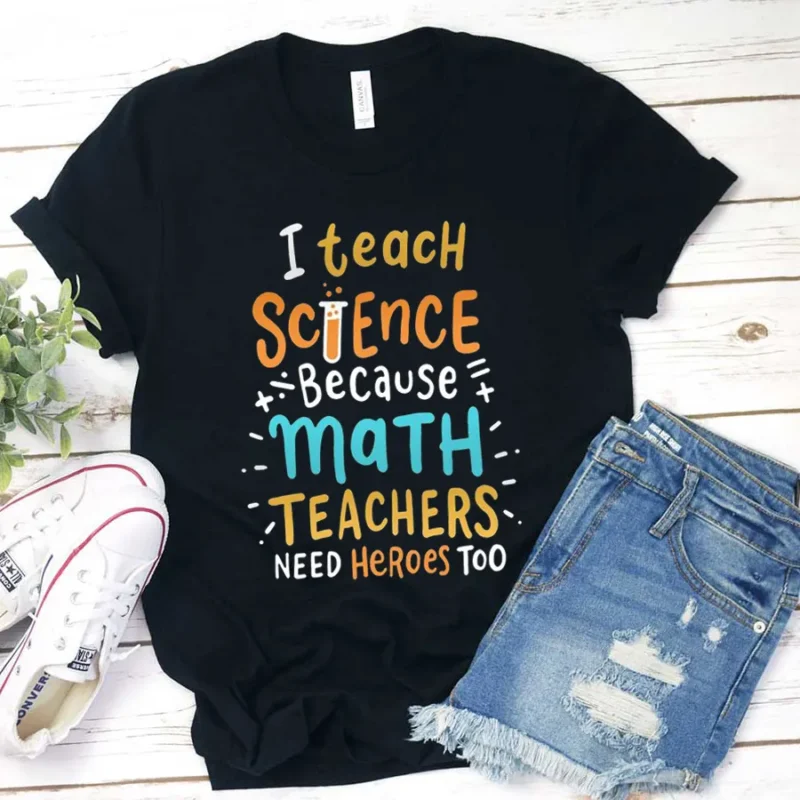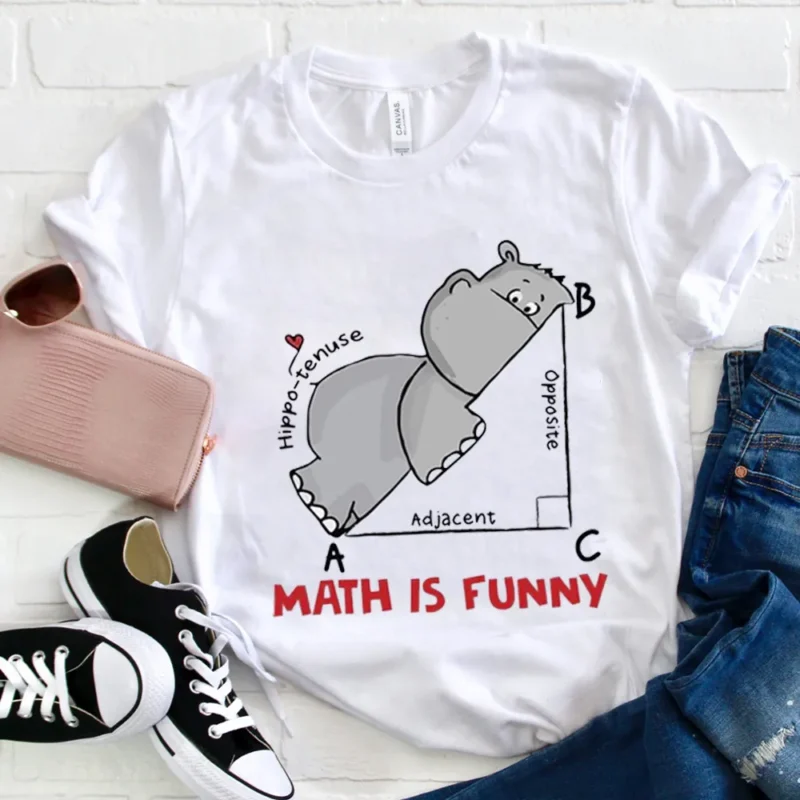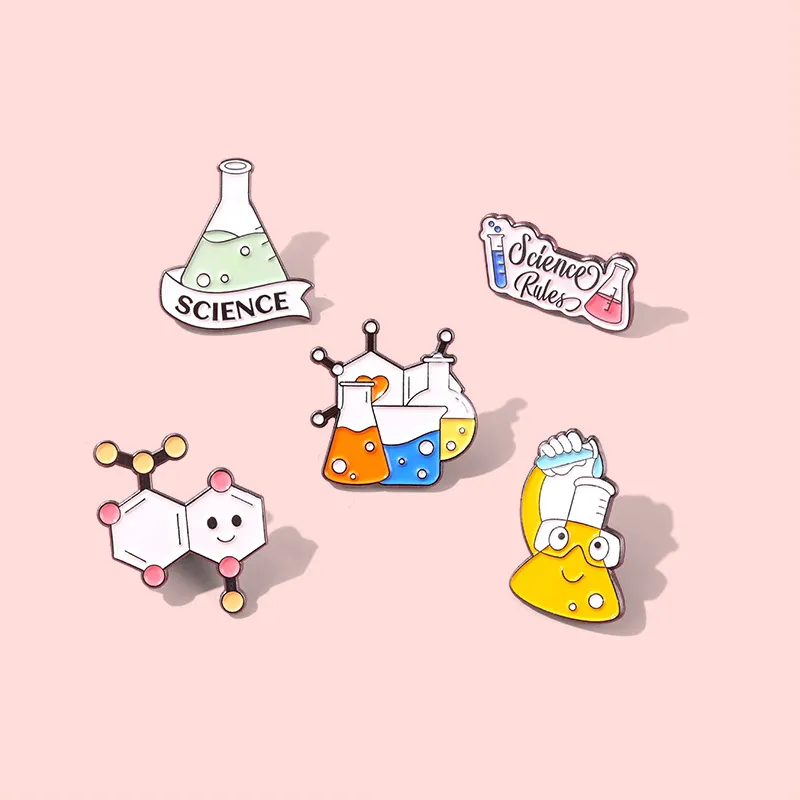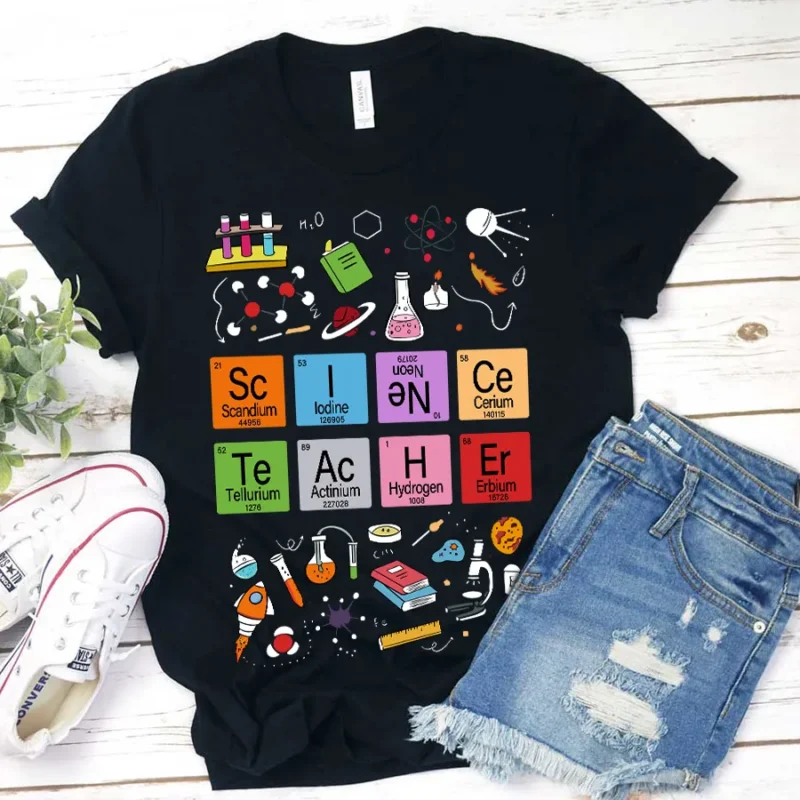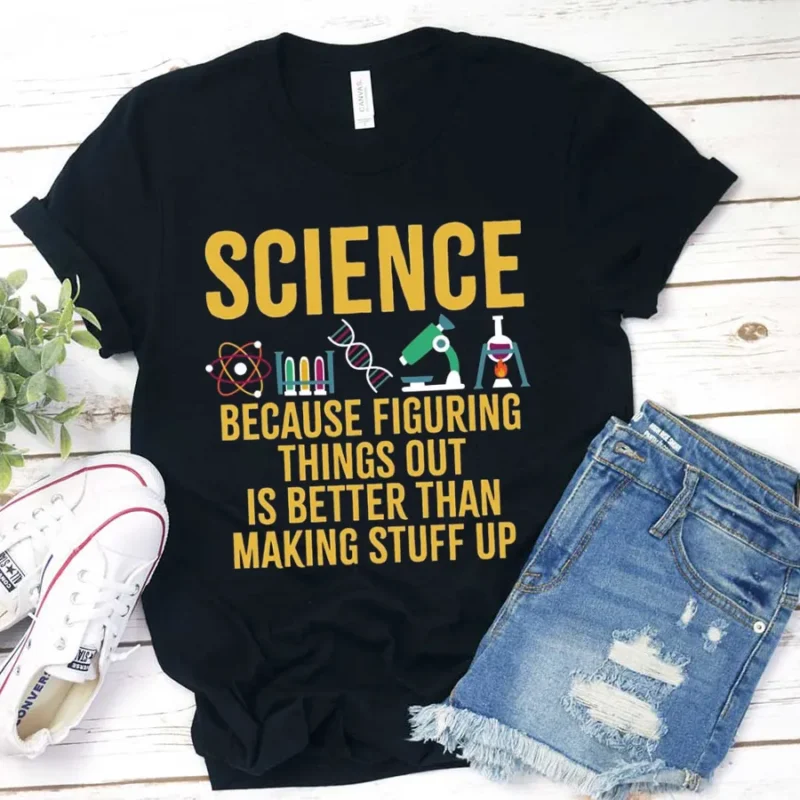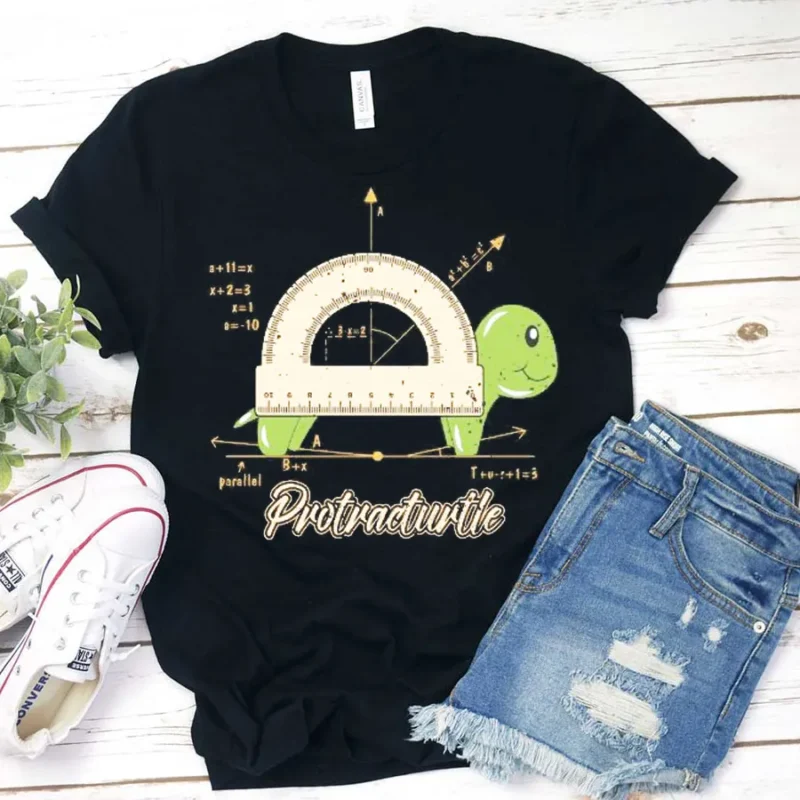There are so many engineering activities for kids that have engineering design challenges for younger kids, but what about older elementary students? What engineering design activities can third through fifth graders do? Well, with this paper plate STEM roller coaster design challenge, elementary students will learn all about forces and motion, physics, and types of energy.
Making paper plate roller coasters is always one of the most popular engineering design projects for elementary students!
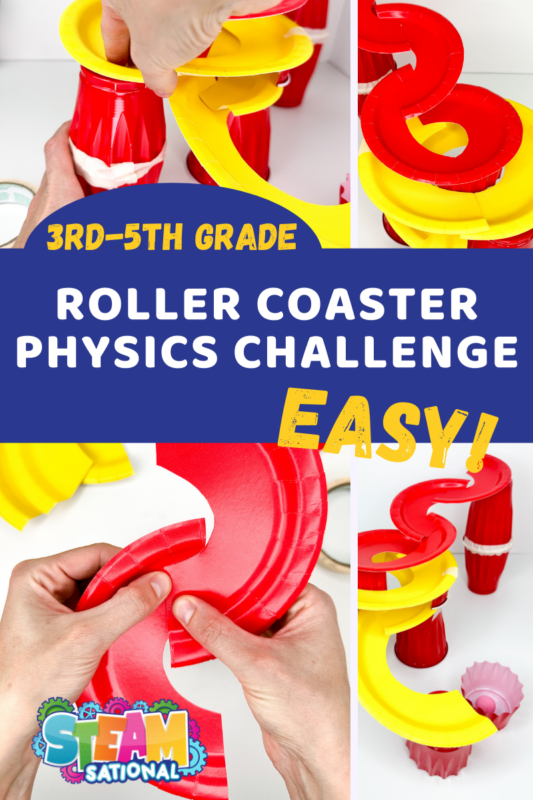
Find out how to teach this exciting physic STEM lesson that is a favorite with elementary-aged kids.
Paper Plate STEM Challenge: Physics Design Activity for Elementary
Ready to unveil the secrets behind roller coasters? In this physics lesson students will:
- Discover how roller coasters use stored energy to whizz around without engines.
- Design a roller coaster model for marbles that works using the power of potential and kinetic energy.
- Test their understanding of energy and the simple physics behind how energy works on earth.
So, let’s get started!
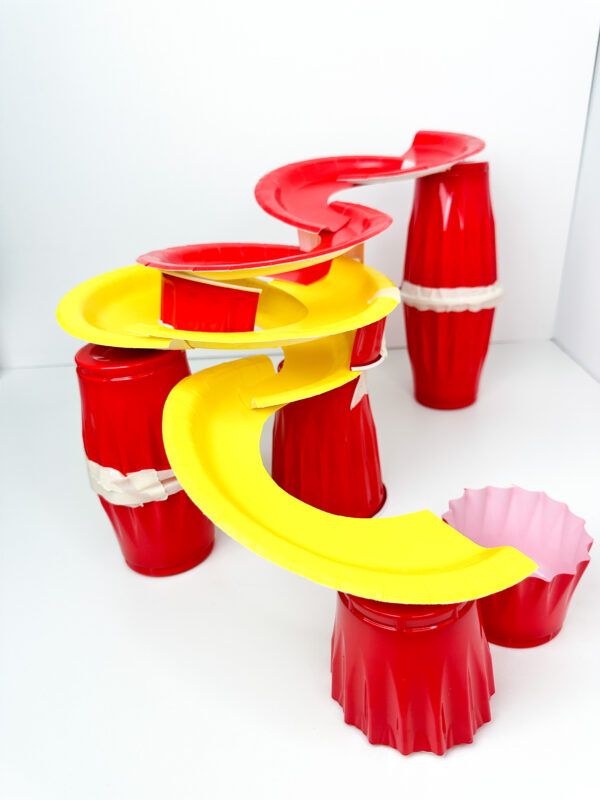
Paper Plate STEM Roller Coaster Table of Contents
How does a Paper Plate Marble Roller Coaster Work?
Roller coasters, even our paper plate designs, run on the science of physics!
- Gravity’s Pull: Coasters use energy from being lifted to a height (think of it as a big playground slide).
- Zooming Down: When they go down, they use that energy to move – we call it kinetic energy.
- Ups and Downs: As the marble goes around curves and up hills, it loses some energy due to things like rough tracks.
Physics STEM Resources
Here are some physics resources and demonstrations that help kids understand the basics of physics in a hands-on way!
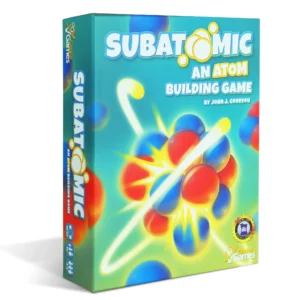
Roller Coaster Science
Roller coasters work with the physics of energy, forces, and motion. Here is how your paper plate roller coaster works:
Before you drop your marble onto the coaster, your marble has potential energy, similar to how winding up a toy car prepares it to move.
When you drop the marble onto the coaster, the paper plate roller coaster design will allow the marble to speed up. This is kinetic energy.
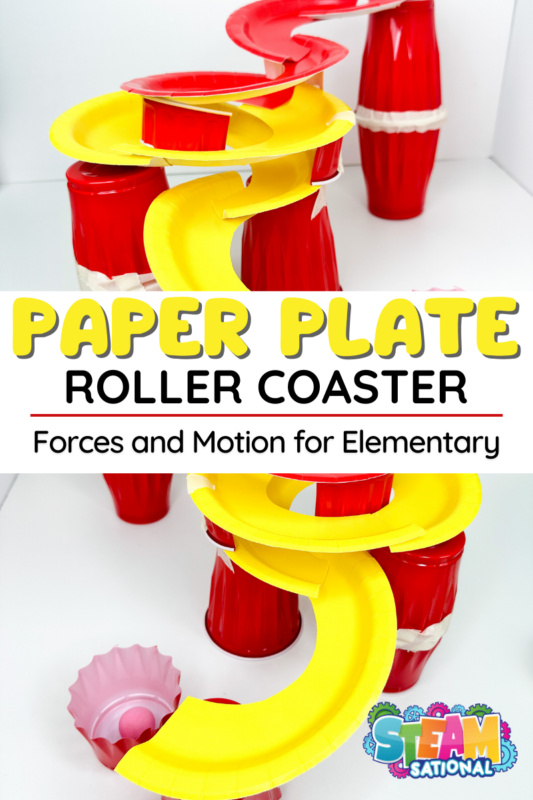
What stops the marble from rolling forever is friction. The bumps on the track, the marble’s surface, and even the air work against the marble, trying to slow it down.
After a while, the marble loses all of its kinetic energy because of friction and the design of your coaster and comes to a stop.
If you designed your paper plate roller coaster correctly, it will fall neatly into your muffin cup!
Physics STEM Kits for the Classroom
You may find using these physics classroom kit sets handy for helping students understand difficult physics concepts!
Paper Plate Roller Coaster Materials
Ready to start your paper plate STEM roller coaster challenge?
This is what you will need to build a fun and functional roller coaster to learn about forces of motion!
Before shopping the affiliate links below, grab the roller coaster STEM worksheets to go along with this physics STEM lesson for elementary!
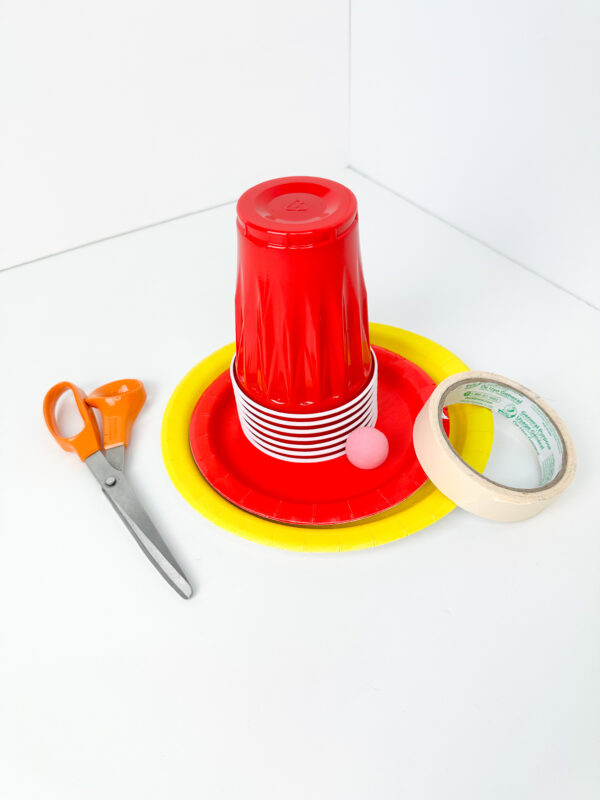
You can add more resources for students to use during this challenge if you prefer or want to allow room for more creative freedom.
Paper Plate STEM Roller Coaster Design Tips
Designing a paper plate roller coaster for a marble is not hard, but it’s important to consider the following.
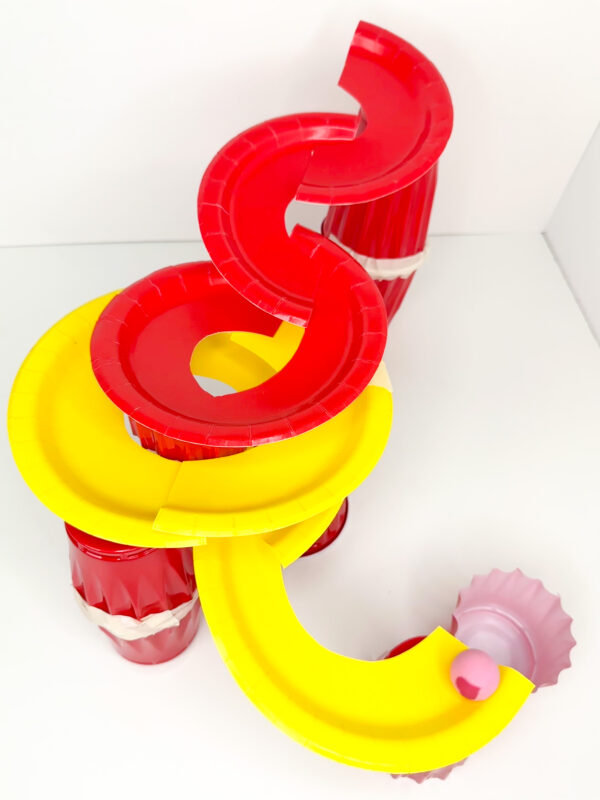
Your coaster needs a good base. Make sure it’s wide and sturdy.
Keep the tracks as smooth as possible. The smoother they are, the faster the marble will go!
Start with a tall drop for speed, but then have gentler slopes to keep the marble moving. Add fun things like loops or tunnels.
But remember, loops need enough speed, or the marble might get stuck.
Try out your roller coaster with the marble while in the building phase of your project. This helps find problems early.
Physics Books for Students
Students beyond primary grades will find these physics books interesting!
Learn more about energy, forces and motion, and learn how rectilinear motion works and the math behind it.
Roller Coaster Physics Activity Design Lesson Plan
Don’t forget to check out the complete paper plate STEM lesson plan below!
And grab the roller coaster STEM worksheets specific to this physic lesson plan for elementary!
With these tips and tools, you’re ready to print out the paper plate STEM roller coaster lesson plan to use with your students.
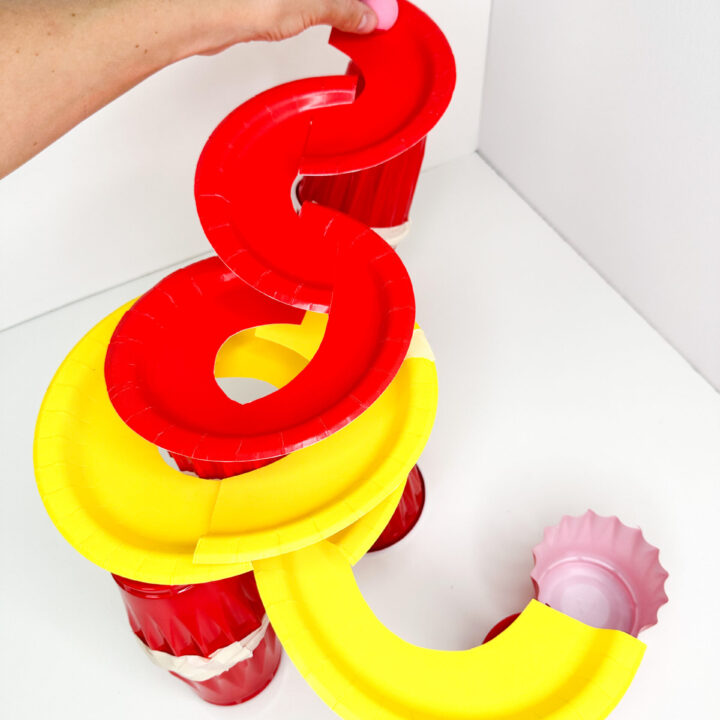
Paper Plate STEM Roller Coaster Challenge
Dive into the thrilling world of roller coaster physics and turn learning into a joyride for your students with our paper plate STEM challenge building a roller coaster for a marble out of paper plates.
Teach students about potential and kinetic energy using just a marble, paper plates, and plastic cups. This fun-filled marble roller coaster lesson plan simplifies physics, making it a easy for elementary students to understand
Materials
- Colored paper plates
- Masking tape
- Pencil
- Plastic cups
- 1 marble for each student group
- Muffin cups or other small cups
Tools
- Scissors
- Ruler
- Science notebook or worksheet
- Calculator
Instructions
Ready to set the stage for a roller coaster STEM extravaganza? Here's a simple lesson plan guide you can use to create your lesson plan.
Tailor this general outline to best fit your classroom needs for the paper plate STEM challenge.
Chatting About Physics (10 minutes)
Ever wondered why things move? Let's chat about potential and kinetic energy. It's like stretching a rubber band and then watching it zoom or imagining a ball racing down a slide!
That roller coaster excitement? It's all about playing with these energies.
Dream and Doodle (10 minutes)
Sketch the roller coaster you've always dreamed of. The big starting drop? That's your energy boost for the rest of the journey. 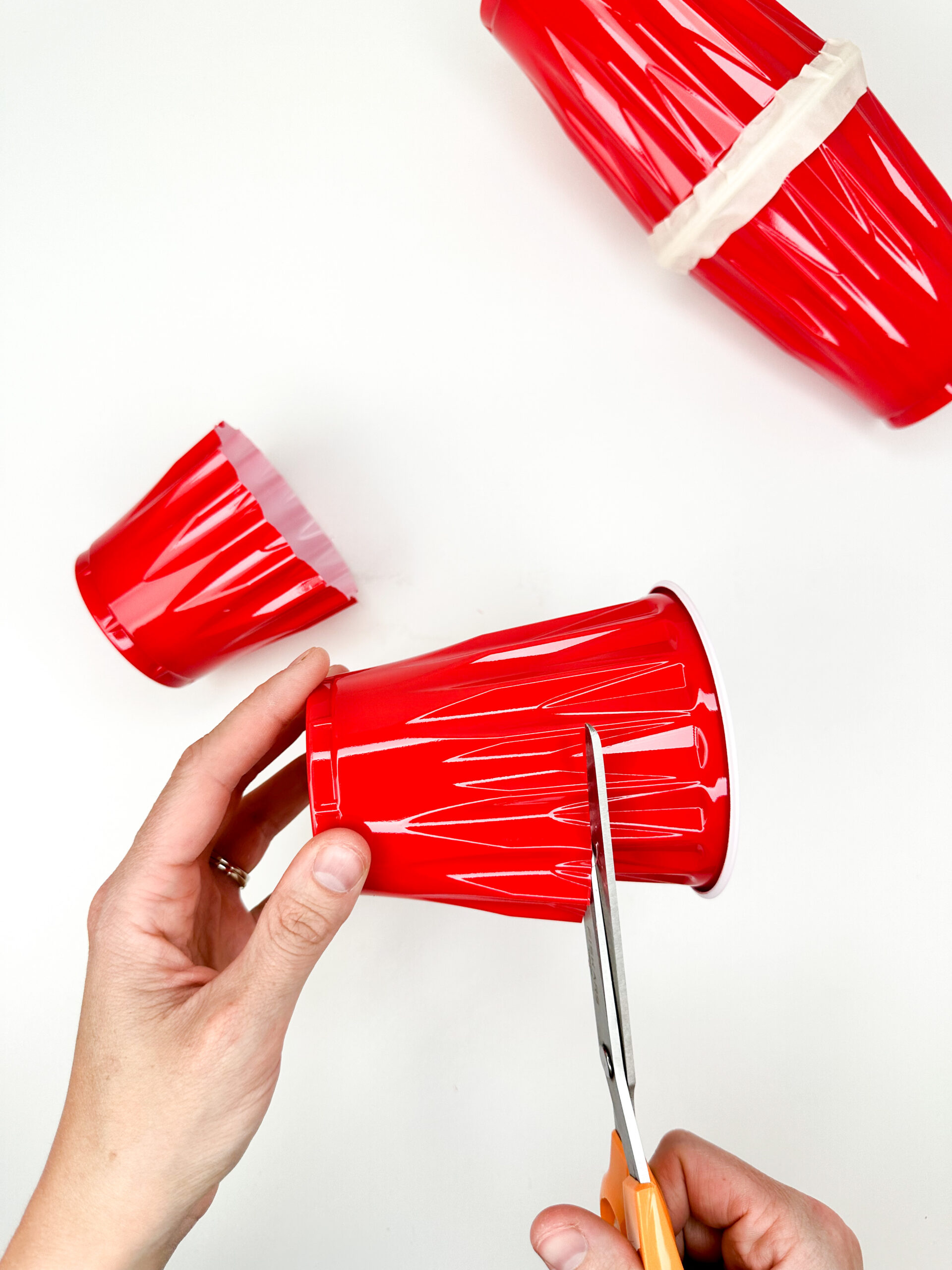
Loops, turns, and dives are all in—just watch out for those too-sharp turns.
Construction Time (20 minutes)
Gather your materials, it's building time!
- Use the plastic cups as supports. Tape several cups together to make taller supports.
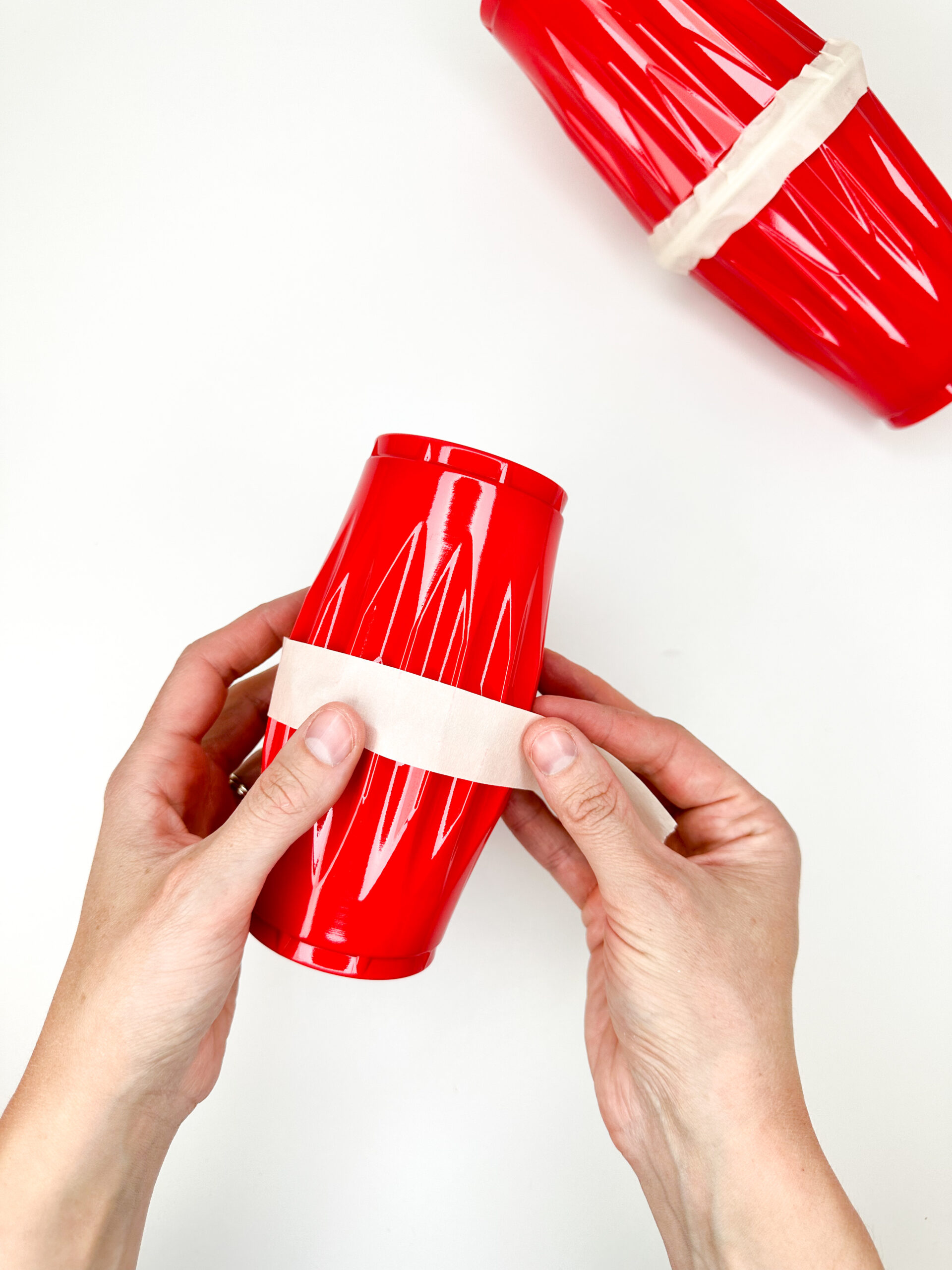
- Cut the paper plates into a spiral shape and allow that to help create your design.
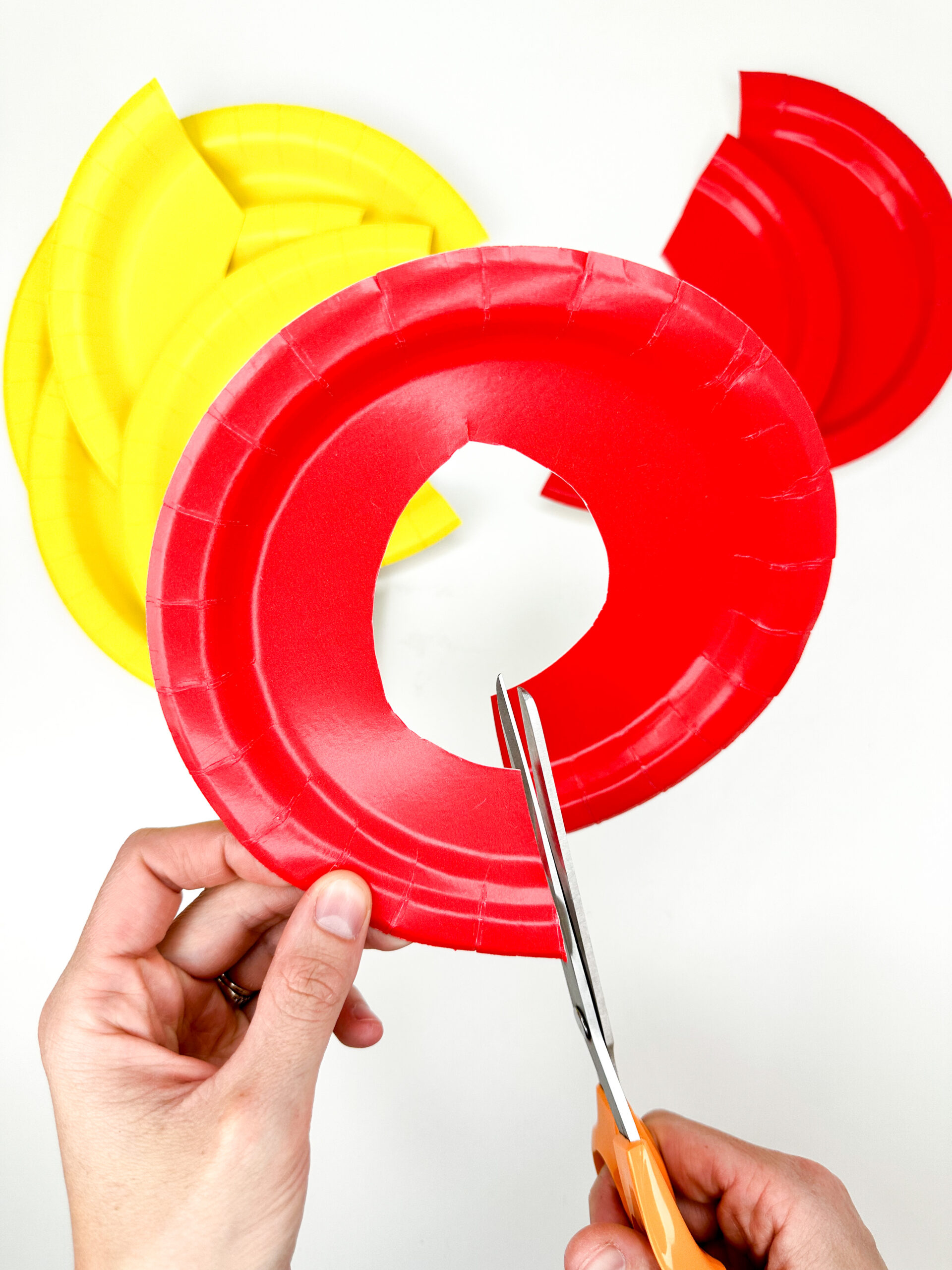
- If you add a loop, make sure you have enough of a drop before the loop so the marble can go completely around the loop.
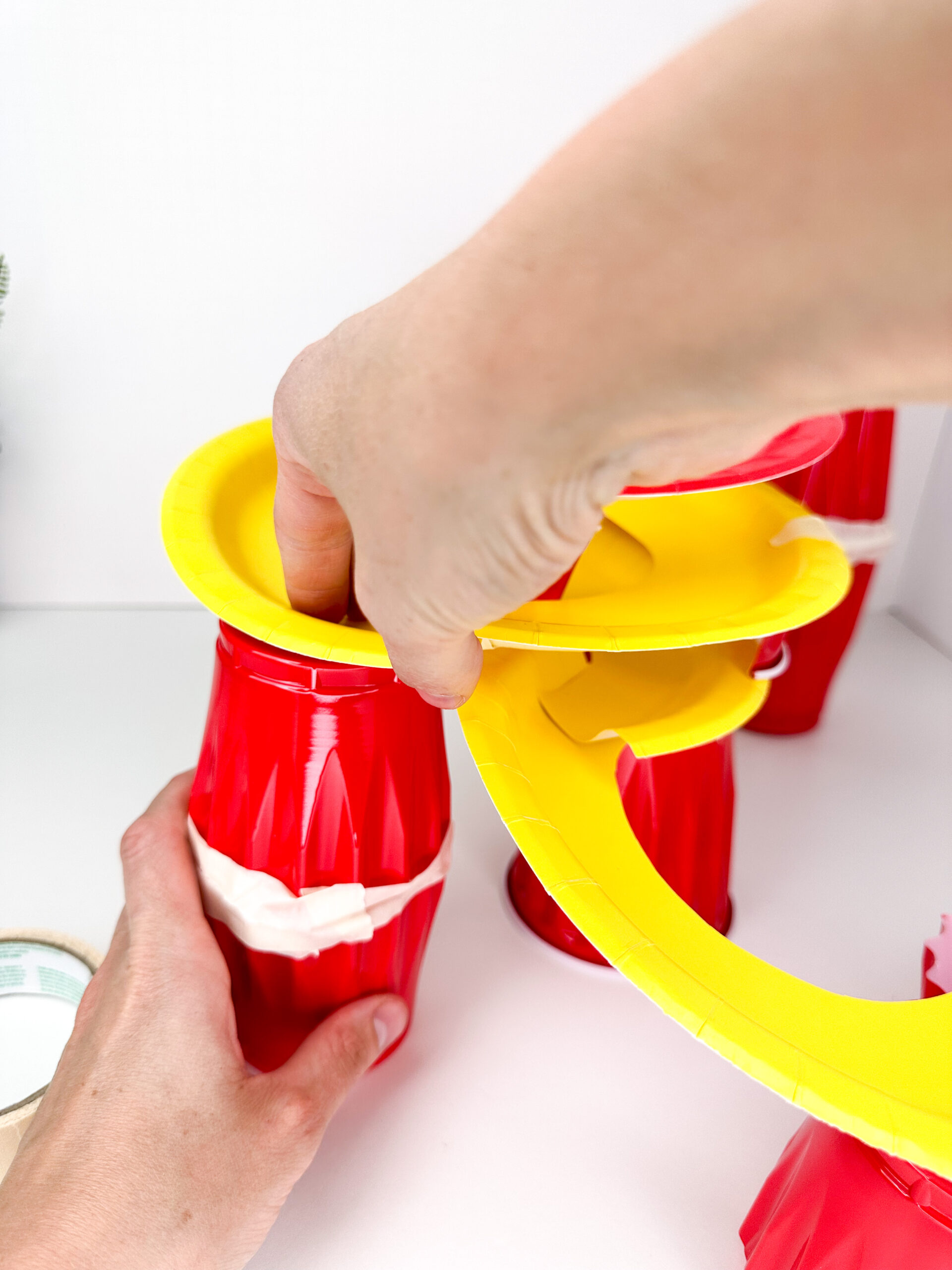
- Tape your supports to a large piece of cardboard so your coaster won't shift around.
Testing Phase (10 minutes)
Release your marble from the top.
Can it finish the ride? If it stops midway, where's the hiccup?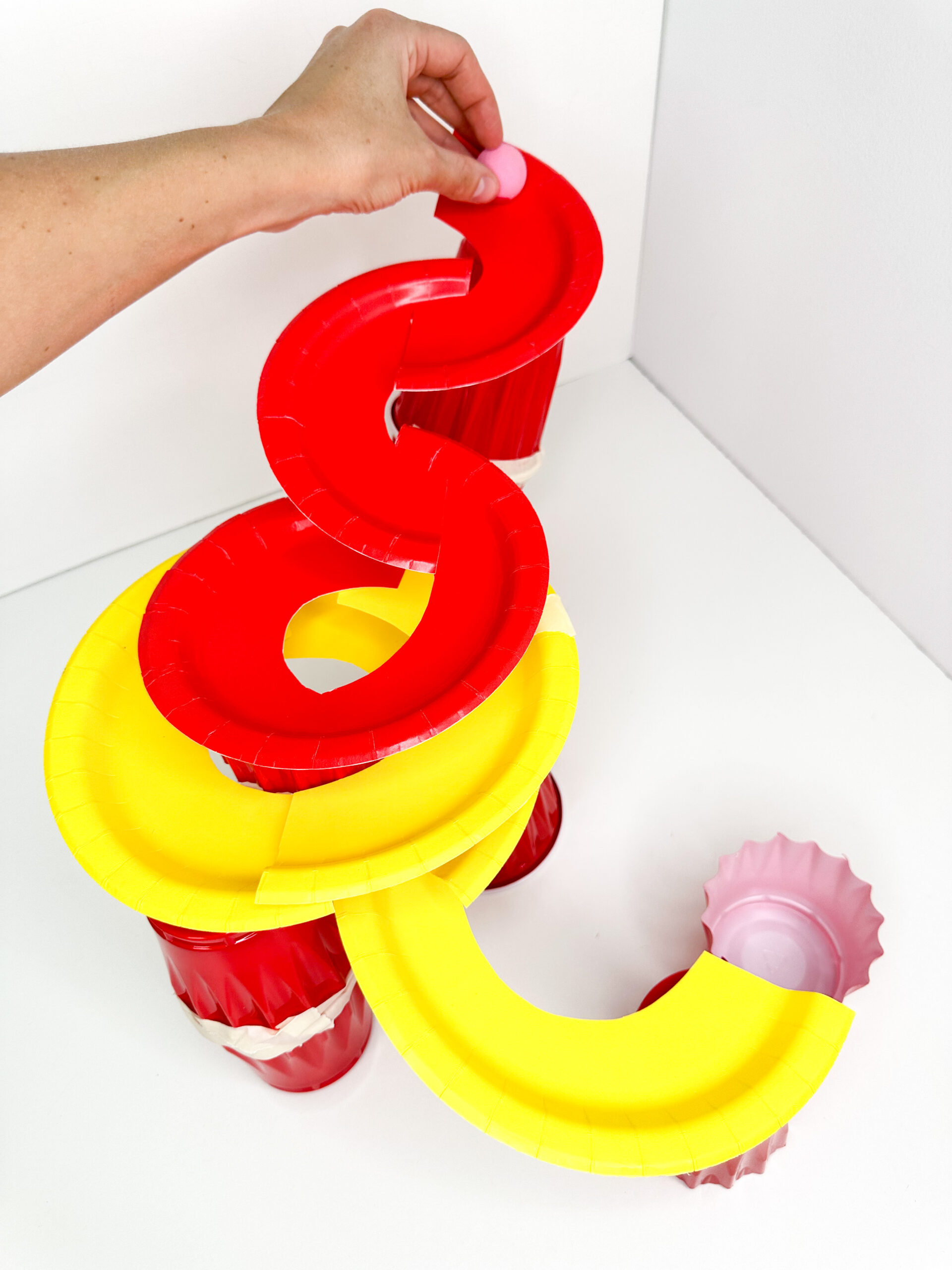
Brainstorm solutions. Perhaps a smoother curve or a bigger starting drop might help. Tweak, test, and cheer as your marble completes its journey!
Discussion (10 minutes):
Let's chat! Roller coasters need thoughtful design and a smooth path to beat friction and air.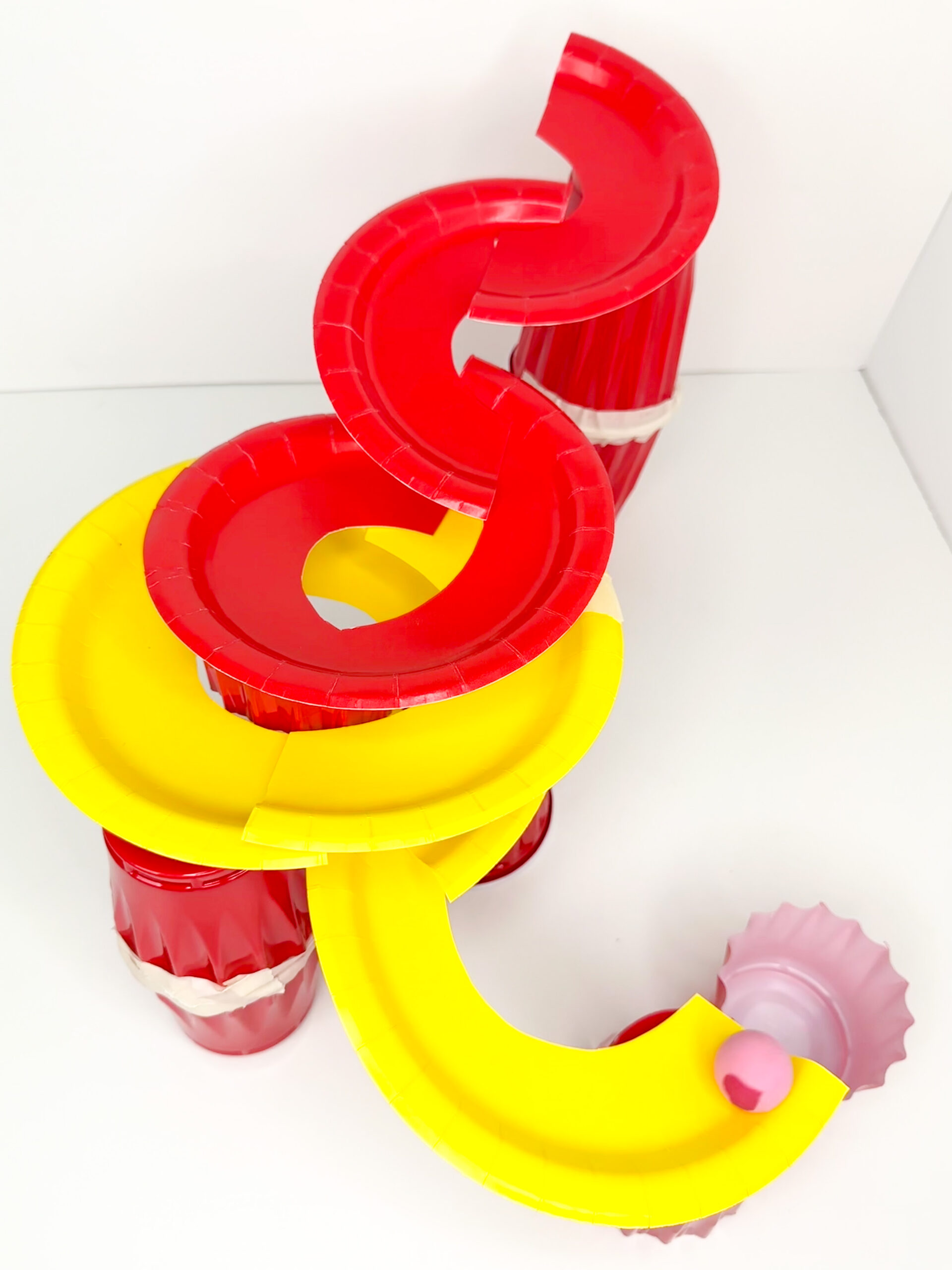
Did you dive deep into the design and build process?
Can you share about roller coaster science with a friend?
How did your adjustments help your marble glide better?
Recommended Products
As an Amazon Associate and member of other affiliate programs, I earn from qualifying purchases.
STEM Shirts for Teachers
These STEM shirts are adorable and super fun to wear while teaching STEM or science.

